In the funeral industry, dealing with dead weight is both a literal and metaphorical part of the job. While some people might think working with the departed is all about solemnity and respectful whispers, those who spend their days in funeral homes know the real, unspoken truth: it’s a back-breaking job. Let’s delve into the humorously aching world of back problems in the funeral industry, where every day is a mix of reverence, heavy lifting, and chiropractic appointments.
The Heavy Lifting of Eternal Rest
First, let’s talk about the most obvious cause: the dearly departed themselves. One of the greatest ironies of the funeral industry is that while the deceased have found their eternal rest, the living are left hoisting them into place. Lifting a casket can be like trying to pick up a solid oak tree wrapped in velvet. And that’s on a good day.
Now let’s address how to go about safely getting the job done. As they say, an ounce of prevention is worth a pound of cure:
- Know your limits: You do not have to channel your inner Olympic weightlifter and pretend there’s a gold medal on the line for every casket you lift. Communicate with management if the task is too daunting. If the management is you, then see the following bullet point…
- Use tools and equipment: Modern equipment will do the lifting for you. Save your superhero strength for opening stubborn jars of pickles.
- Avoid twisting movements: You’re not in a dance-off. Keep your moves smooth and straight.
- Take breaks and stretch: Stretching isn’t just for yoga enthusiasts. A quick downward dog between services can do wonders. Namaste your way to more limber joints and muscles which will decrease the risk of injury.
- Choose your lifting technique wisely: It is well-known that lifting heavy objects with your legs instead of your back is a smart thing to do. However, this is not always the case with dead bodies. When you have to put a body in a casket, you must stretch out your arms and bend at the waist to get a body where it needs to be. Make smart decisions for how you will execute your moves.
- Keeping in good physical shape: Having a fit physique isn’t just for swimsuit competitions if you deal in dead body preparation. Maintaining muscle mass and keeping up with your cardio makes the lifting process both easier and safer.
- Get Help: Know your limitations and don’t try to do this alone. This is important for a number of reasons:
- 1) You might get hurt and being alone is not a good idea when you are hurt.
- 2) You are more likely to damage equipment or unintentionally cause issues for the deceased.
- 3) Team lifting is better on your body, and
- 4) Another person might talk you out of a bad decision.
Finding the Humor in the Hurting
Despite the physical demands, the funeral home workforce maintains a darkly humorous perspective on their back problems. After all, if you can’t laugh about the stiff competition (pun fully intended), then what can you laugh about? They share stories of past mishaps, compare notes on the best back braces, and occasionally swap chiropractor recommendations like others exchange avocado toast recipes.
While the funeral industry is deeply respectful and essential, it’s also a world of unexpected physical demands and back-breaking tasks. Because in this line of work, it’s not just the dead who are carrying a heavy burden. By following these tips, you can keep your back strong and avoid those dreaded mishaps.
Mortuary Lift Company offers continuing education seminars on safe lifting practices. Call 319-364-4910 if you would like an in-person or on-line seminar.
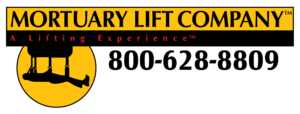

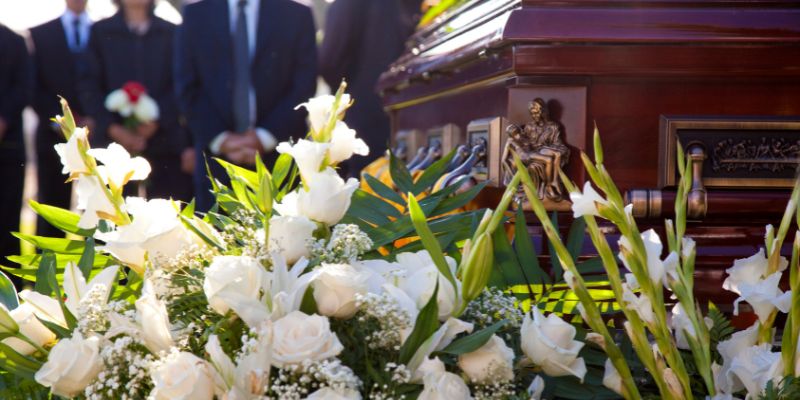
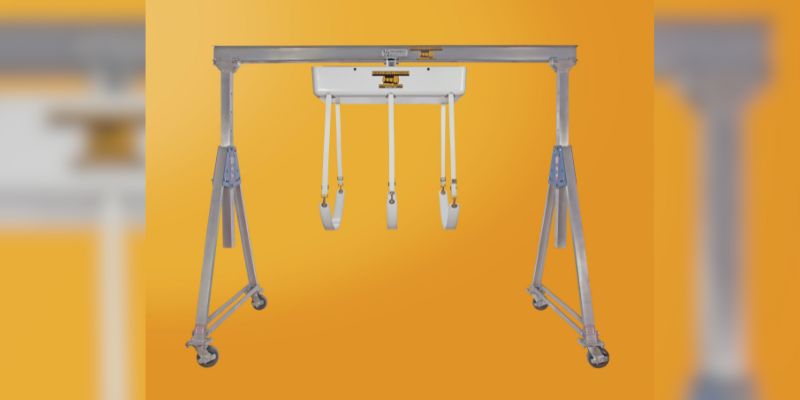
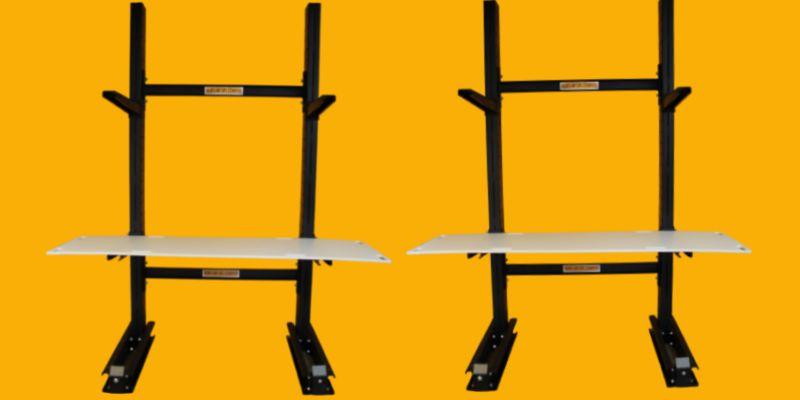

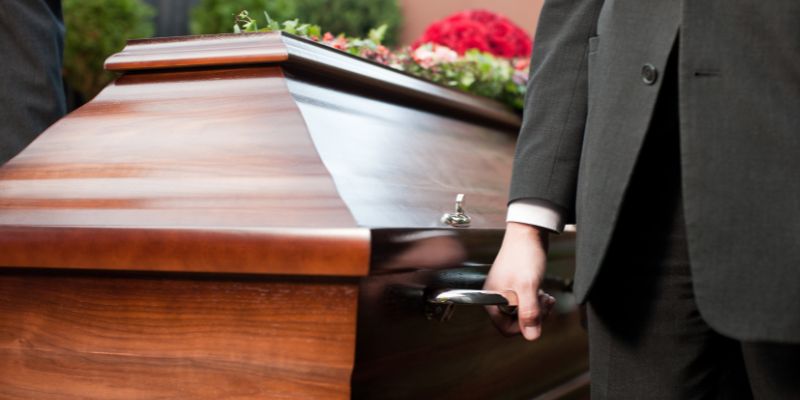
Leave A Comment